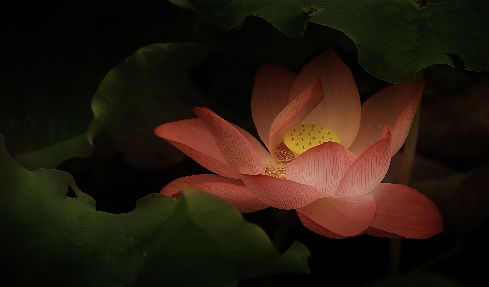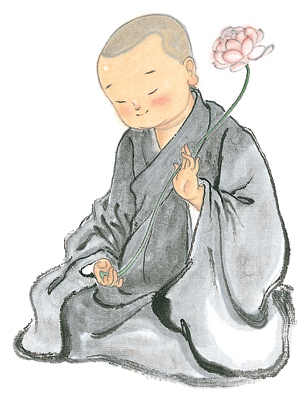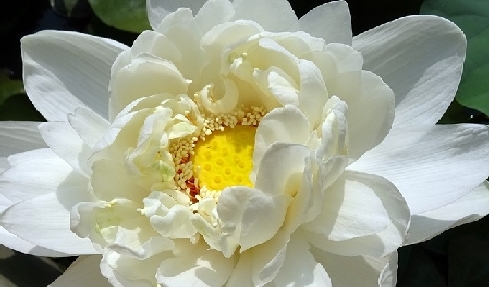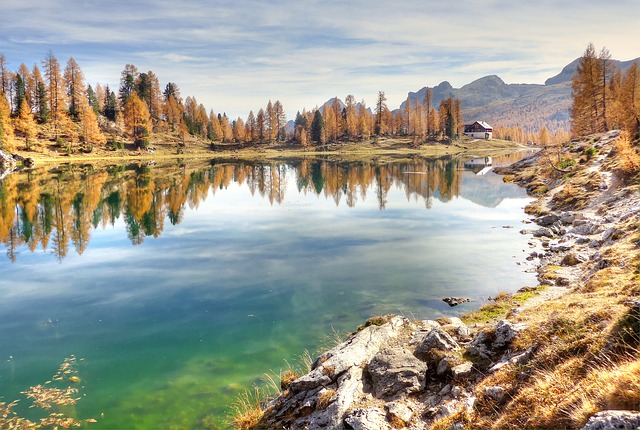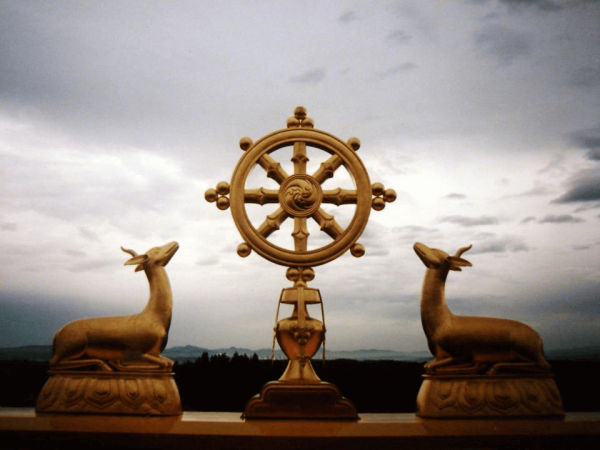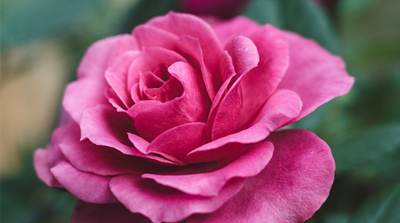Normally, after taking rebirth, the deceased will not remember his or her previous life, but will know the thoughts of family members and close friends while in the intermediate state. If the deceased happens to understand karma and realizes his/her children are reluctant to use the money to do good deeds on behalf of him/her but divide the money among themselves instead, the deceased may feel sad and angry. Do remember not to do anything that may offend the deceased or arouse the deceased to anger. If anger or hatred is developed in the intermediate state, even the most innocent person can end up in the hell realm.
~Depicted from THE HANDBOOK FOR LIFE'S JOURNEY - On Death And Rebirth-How to Take Rebirth



